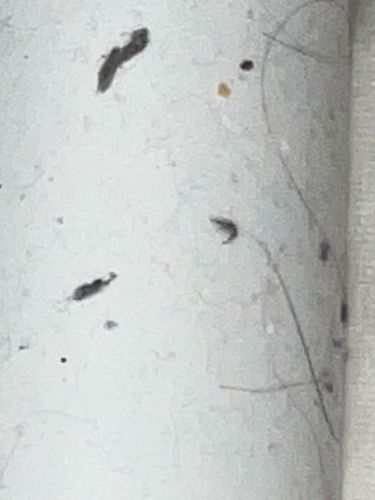Case-bearing Clothes Moth
Scientific Name: Tinea pellionella
Order & Family: Lepidoptera (moths and butterflies); Tineidae (fungus moths and relatives)
Size: Larvae can reach up to 10-14 mm in length. Adults have a wingspan of about 9-16 mm.

Natural Habitat
Indoors, particularly in areas with stored natural fibers, such as closets, attics, storage chests, and under furniture.
Diet & Feeding
Natural fibers like wool, silk, fur, feathers, and lint. They are known to feed on clothing, carpets, upholstered furniture, and stored textiles.
Behavior Patterns
Case-bearing clothes moth larvae spin silken cases that they carry with them as they feed and grow. These cases incorporate bits of the material they are feeding on, making them camouflaged. They are typically found in dark, undisturbed areas. Adults are poor fliers and prefer to crawl or hop.
Risks & Benefits
Potential risks include significant damage to textiles and other natural fiber household items, leading to economic loss. There are no known benefits to humans or the ecosystem from case-bearing clothes moths in indoor settings.
Identified on: 8/31/2025